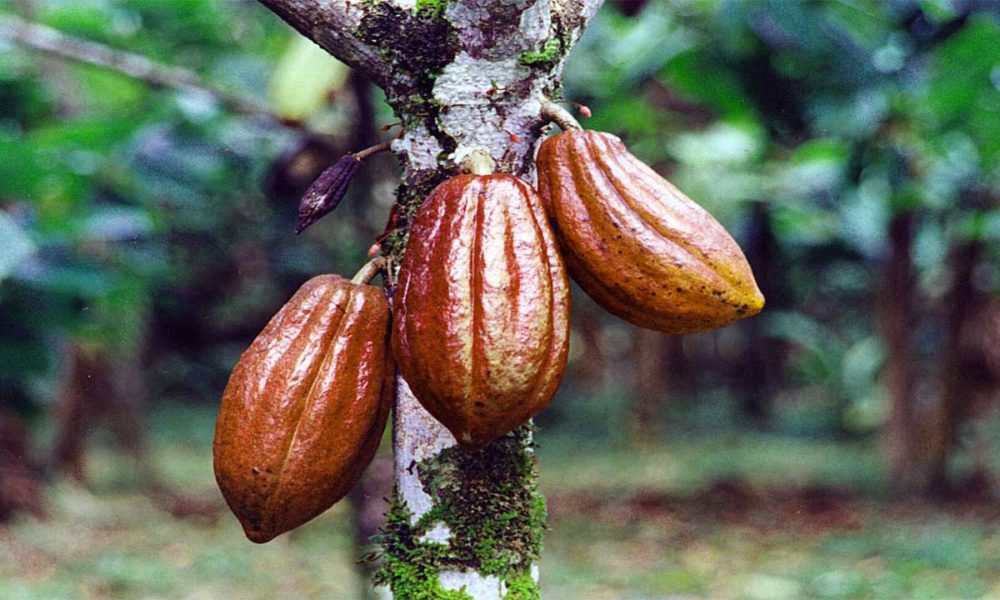Economy
Nigerian Cocoa Farmers to Benefit From United States’ $22 Million Food Project
About 68,000 Cocoa Farmers in Osun, Ekiti, Abia, Cross River, Akwa Ibom and Ondo States will benefit from the United States $22 Million Food Project.

About 68,000 Cocoa Farmers in Osun, Ekiti, Abia, Cross River, Akwa Ibom and Ondo States will benefit from the United States $22 Million Food Project
The United States Department of Agriculture has announced a $22 million food project for Nigerian Cocoa farmers. The project which is known as Food for Progress will be launched in six states of Southern Nigeria where Cocoa production is relatively prevalent.
Investors King learnt that the Cocoa project would be implemented over the next five years.
The programme will help beneficiaries access better agricultural input, improved technical resources, capacity building, post-harvesting processing and export marketing.
According to a statement released by the United States Consulate, the project will be implemented in partnership with an international non-governmental organisation, Lutheran World Relief.
The US consulate further stated that the Food for Progress Program will target farmers in low productivity but highly promising areas, as well as farmers in high-density, high-productivity communities.
“The primary objective of the Food for Progress programme is to increase cocoa productivity by leveraging climate-smart agricultural measures”. The consulate noted.
Similarly, Gerald Smith, the counsellor for Agricultural Affairs, U.S. Mission, said the project would employ an approach that would enable farmers to produce more cocoa and preserve the land’s fertility and biodiversity.
The Food for Progress program is an initiative of the United States to help developing countries improve their agricultural enterprise.
This cocoa intervention programme is coming at a time when the Cocoa Farmers Association of Nigeria (CFAN) pledged to meet the 500,000-tonne production of cocoa beans in the next two years and make Nigeria the highest cocoa producer in West Africa in the next five years.
Cocoa production is a critical component of the Nigerian economy. Nigeria is the fourth largest producer of Cocoa in the world. The country, however, produces far below Ivory Coast and Ghana which both account for more than 50 percent of the world’s production.